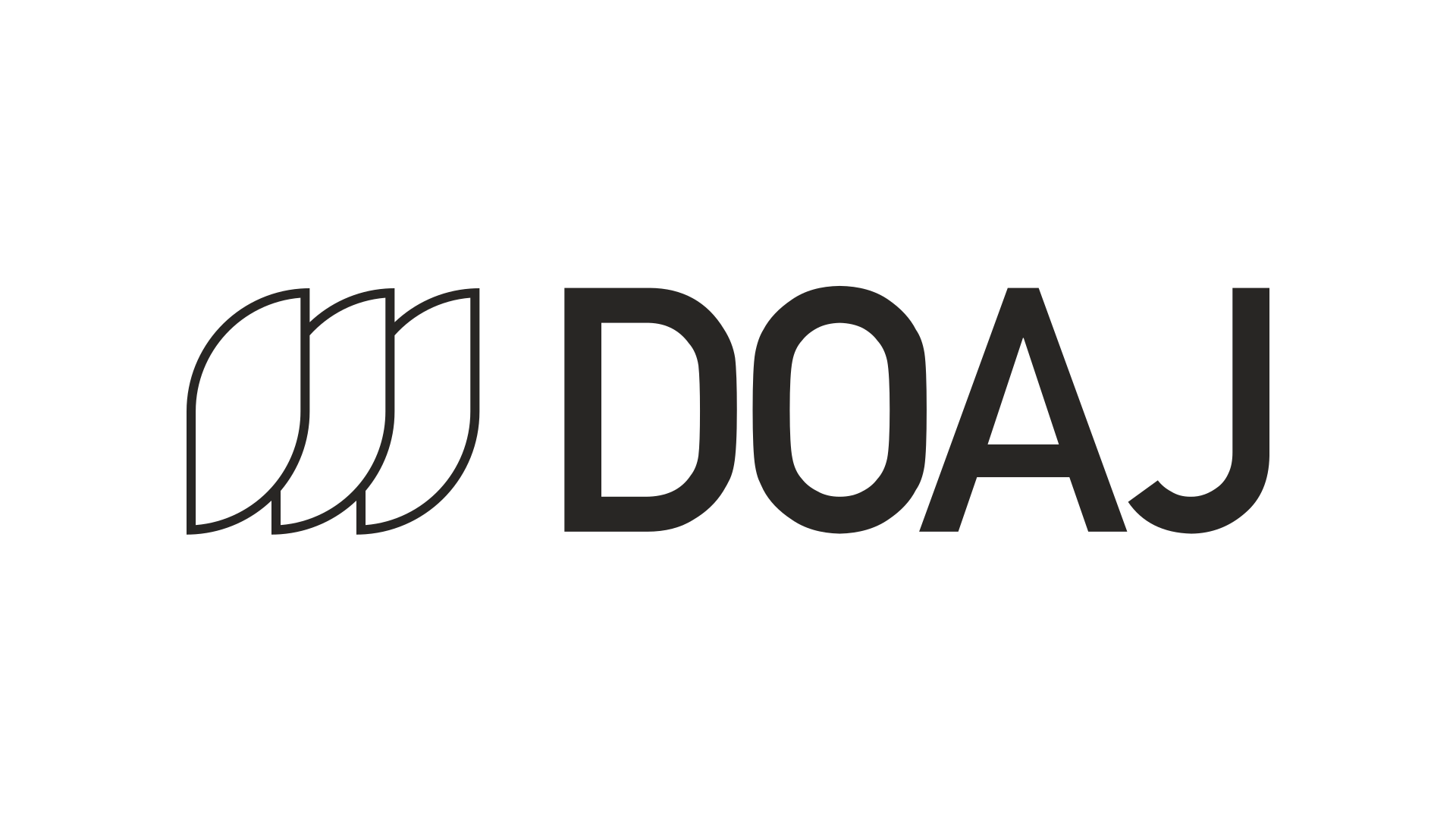I just read a great post in the Digital Commons’ DC Telegraph which has prompted me to write a little update of where we are with the reapplication process that we have been speaking about—that is, the process where all existing journals in DOAJ have to reapply to stay indexed.
As happens with some development projects, the launch of the functionality that will handle all the reapplications had to be moved out from our original estimated date. We’re sorry for the delay. The good news is that we are in testing now and, if all goes to plan, should be ready to release the functionality in December. If testing throws up some serious flaws in our developments then we may have to wait until January 2015. Either way, we are almost there.
As mentioned in the DC Telegraph, and in Nina Rose’s post on L.J. eds., we will be emailing all publishers as soon as we are ready so if you haven’t heard from us yet, that’s OK. We will also be publishing an announcement here, on Twitter, Facebook, Google+, LinkedIn AND every publisher that logs into their account will see a blue ‘sticky note’ across the top of their account letting them know that they have reapplications to make.

As always, get in touch if you have questions.

IMPACT FACTORS
DOAJ has written a text about „Impact Factors“ on http://doaj.org/publishers.
I think I got your message, but the text is unclear. Please rewrite your text so that we know what is necessary for (re-)application. Here is my proposal for a modified text:
1.) For a journal to have (or not to have) a Journal Impact Factor published in Journal Citation Reports® (JCR®) by Thomson Reuters is unrelated of getting into DOAJ (or not).
2.) If a journal is advertising an Impact Factor published in JCR® by Thomson Reuters, but actually it has no such Impact Factor, then the journal can not get into DOAJ.
=====================================================
I looked at your text with more time for detail:
„There is only one official, universally recognised impact factor that is generated by Thomson Reuters“ OK
„… profit making organisation. It runs against the ethics and principles of open access.“ Why is Open Access against „profit making“?
„DOAJ … does not recognise partial impact factors“ What is a „partial“ impact factor?
1.) One that is not full? or
2.) One that is biased?
How can an impact factor be either one?
„Unfortunately, there are many fake impact factor services“
Services like these?
Scimago Lab: SCImago Journal Rank (fake?)
http://www.scimagojr.com/journalrank.php
Centre for Science and Technology Studies: Journal indicators (fake?)
http://www.journalindicators.com/indicators
Journal ranking by Google Scholar (fake?)
http://scholar.google.com/citations?view_op=top_venues&hl=en
We can calculate journal metrics with a program called „Publish or Perish”
http://www.harzing.com/pophelp
Fake?
We can calculate (as above, based on Google Scholar) an impact factor.
with an algorithm we find here: http://wokinfo.com/essays/impact-factor
Fake to calculate our own impact factor?
All journal metrics based on Google Scholar fake?
Only WOS and Scopus allowed as database for journal metric calculations?
Only Thomson Reuters allowed to calculate journal impact factors?